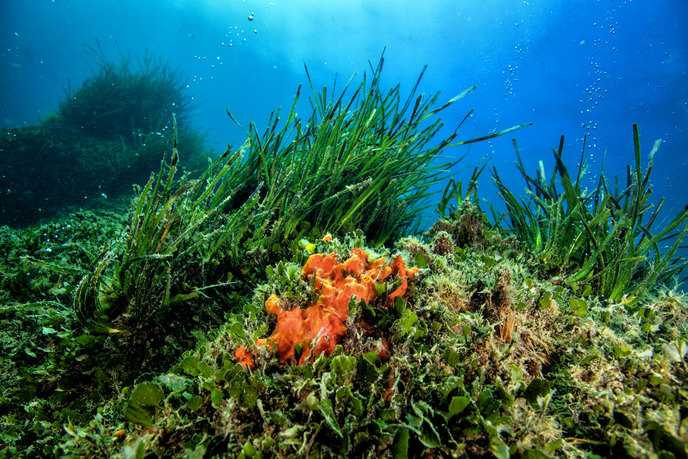How a tiny wood-loving worm changed the course of world history
Environmental catastrophe, economic collapse and a pandemic – prominent in today’s public discourse, but also crises that were wreaking havoc in 18th century Europe. On that occasion, the shipworm, a sea-living mollusc that scavenges floating and submerged wood, was to blame. Although relatively harmless today, at that time the creature was responsible for one of the world’s largest environmental, political and economic disasters. “It is still unclear why the shipworm population exploded in the 1730s, but these molluscs destroyed nearly all wooden structures along the North Sea coast in a few years,” says Michael-W. Serruys, principal investigator on the EU's SHIPWORM project, and a Marie Skłodowska-Curie Actions individual fellow and historian studying the shipworms’ impact on western Europe. “As the shipworms destroyed the wooden dikes that prevented the Low Countries from flooding, the region faced an ecological disaster.” And the crisis kept snowballing, with many of the solutions meant to minimise the shipworms’ effects having far-reaching consequences. “Political reforms, new innovations and a shift in the international balance of power – all caused by the shipworm,” adds Serruys. With the support of EU funding, Serruys is researching the important role that innovation played in ending the shipworm crisis – research that could hold valuable lessons for how we deal with modern-day crises.
From worm to world-changing technology
While carrying out his research, Serruys noticed that once the challenge was understood, many of the impacted societies were keen to innovate solutions. For example, it was during this era that ships were given copper-plated hulls. “Although this was initially done to protect ships from shipworms, the innovation actually made ships much faster,” explains Serruys. Working with marine biologists and hydrodynamic engineers, Serruys estimated that copper hulls reduced a ship’s resistance in water by some 10-15 %. “Countries that could afford copper plates not only emerged from the crisis quicker, they also gained an upper hand in terms of international trade.” These new copper hulls also had a geopolitical impact. “It’s probably no coincidence that Britain, which had the largest copper deposits at the time, also had the 19th century’s most dominant navy,” remarks Serruys. “It’s rather funny to think that world-changing technology came about all because of a mollusc!”
Modern-day echoes
Beyond financial means, being unwilling to adapt also played a role in a society’s inability to overcome the shipworm crisis. According to Serruys, many people were simply too rigid to adapt to the changing reality of the crisis – a trend with echoes today. “Back then, some people refused to invest or to take measures that would mitigate the crisis for no other reason than they had never done so before,” he says. “This is very similar to how during the COVID-19 pandemic we see people refusing to wear masks or keep social distances even though we know that doing so slows down the pandemic.” At the end of the day, whether it be a creature from the sea or an invisible virus, even the smallest things can have a big impact on society. “The important lesson is that it never pays to ignore a problem,” concludes Serruys. “As true as it was back in the 1700s, it’s always best to act and innovate.”
Keywords
SHIPWORM, shipworms, shipworm crisis, pandemic, mollusc, copper-plated, hulls, COVID-19







